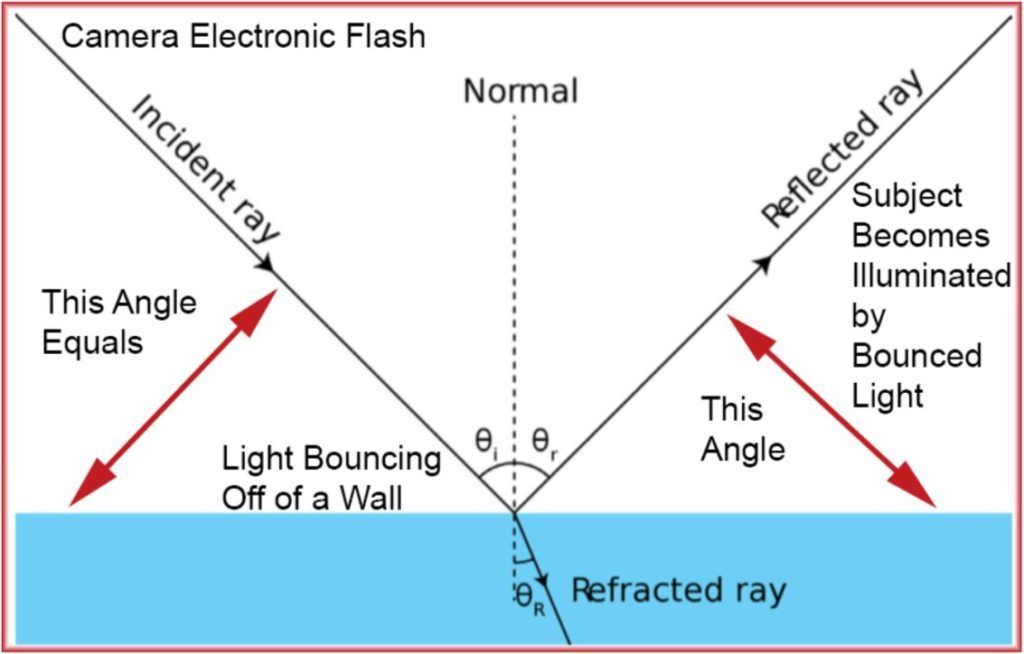Three Important Tips on Bouncing Light

New / Noteworthy

This Quick Tip comes to you from our premium guide, Understanding Light: Book One.
We all know that anyone can pick up a camera and start snapping pictures.
Some of us might get lucky and create some interesting photographs using that slam bam technique – but most of us won’t.
It’s up to us to develop the skills that allow us to spot, analyze, and create interesting photographs.
Often times, these three things must be decided in a matter of milliseconds.
And, like anything else in life (that has intrinsic value), these skills will only be developed by practice.
Knowing how light works, how light influences color, how it creates shadows, and how light and shadows can be altered to create a mood in a photograph are all the first steps toward becoming a photographic artist.

This is how your math teacher would have shown this principle of light back in the day… Along with my doodles to give you the photography perspective.
This is about the most simplistic, and easiest to learn, aspect of bouncing light.
Here are three other factors that can VASTLY affect the outcome of your bounced light photography:
- The color of the bouncing surface is critical. If the color of the bouncing surface is pure white, or close to pure white, then your image will have a proper color balance. If the bouncing surface is anything other than that, then your photograph will not have a proper color balance.
- The distance of your light source to the bounce surface and back to the subject will affect your exposure. The closer everything is, the more exposure you will have to work with. The further apart everything is, the less exposure you will have to work with.
- The opacity of the bouncing surface places a critical role in your exposure. If the surface is completely opaque, then you will have maximum exposure to work with. If the bouncing surface is semi-opaque, then some of the light will pass through (that’s the refracted ray as indicated in the diagram), and only a portion of the light source will bounce back to illuminate the subject. This can have a huge affect on the final lighting scenario.
I've got something special for you on the next page...
If you’d like to learn exactly how to work with light this weekend. Go here to check out our premium guide, Understanding Light: Book One now »
Click below now, to read about it on the next page…

About Kent DuFault
Kent DuFault became a photographer in September of 1974. He took a “Basic Photography” class in high school and was hooked for life. His best-selling guide, Understanding Light: Book One has helped photographers to learn and master the light in their photography.

